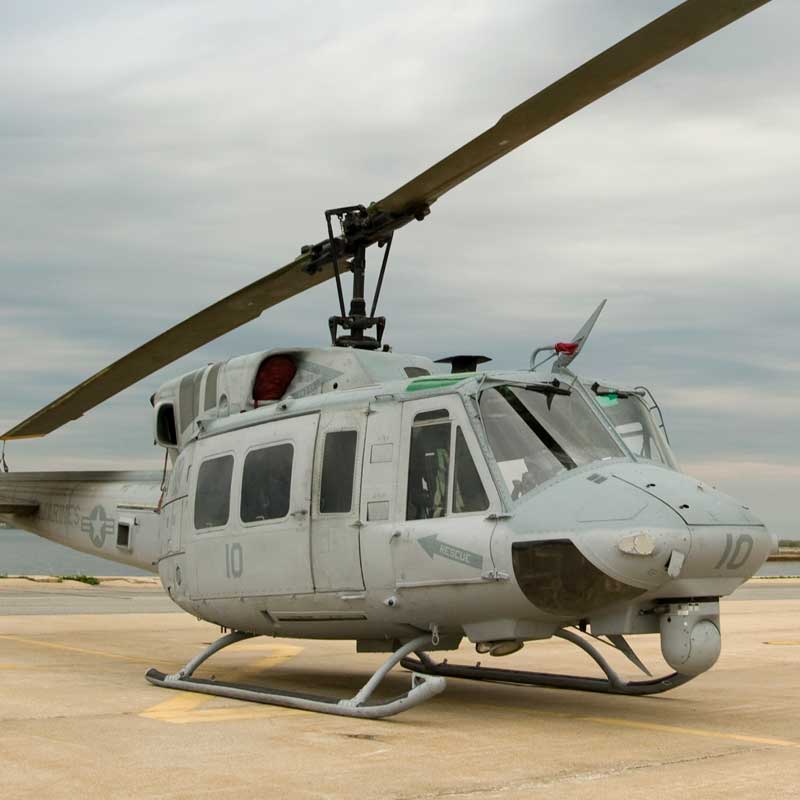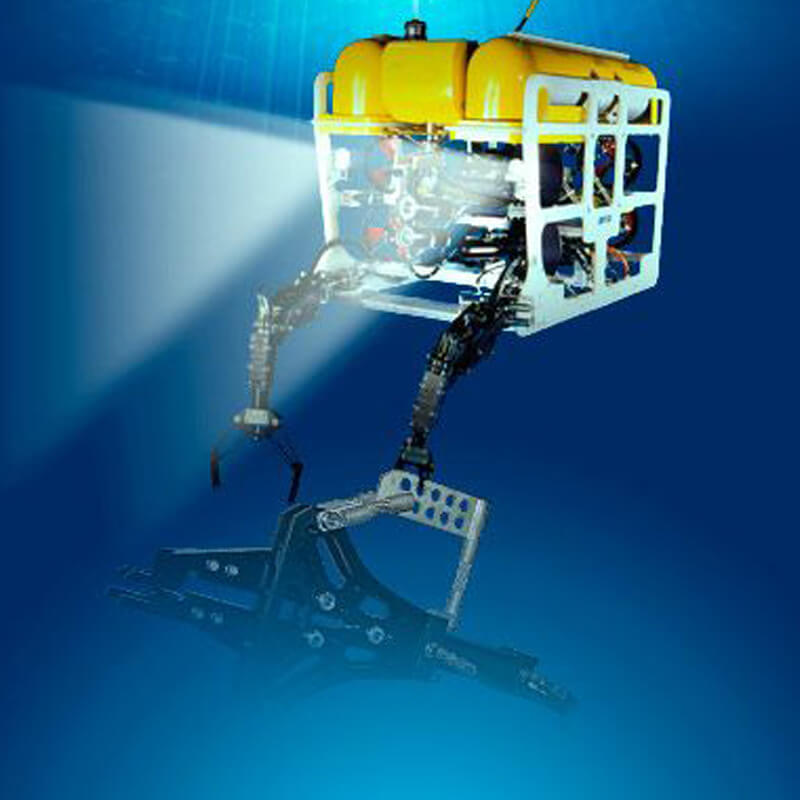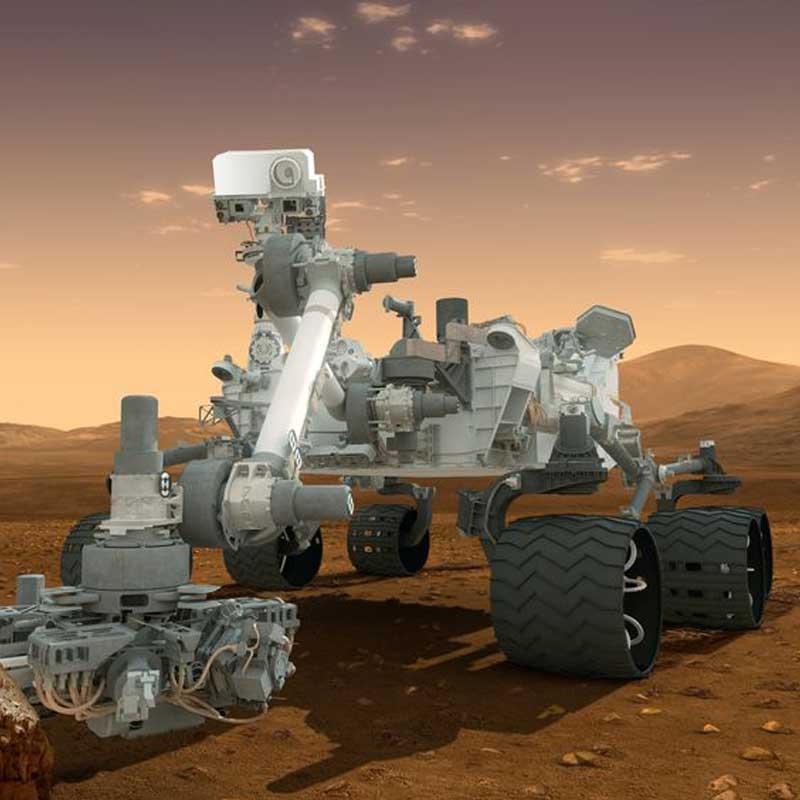Many of the aluminum investment castings such as Avionics Chassis that Nu-Cast manufactures, whether they are destined for use by the military or for commercial reasons, are monolithic structures.
We are able to create these special components as one single part, rather than having to assemble and machine more than one part together. Having been designed and manufactured as a monolithic structure allows the component to retain its structural integrity and rigidity under some very extreme circumstances. Our Avionics Chassis, for which a variation exists for land vehicles, fits this description perfectly.
The Avionics Chassis is essentially an aluminum box that has separate compartments, but that is made from one piece. It is made for use in aircraft by the military and for civilian use as well. The chassis houses the card guide, circuit boards, and navigation components for the aircraft. It holds the avionics software that reads back to the main navigational gyros. What Nu-Cast makes is the hardware that holds the software that allows the pilot to communicate back to the home base, with other pilots, and with others in the same aircraft. All of these chassis differ in size, strength, and complexity, depending on the engineering specifications established for a particular end use.
Sometimes, it will be attached to the bottom of a wing and hold the infrared, heat seeking and optical system components of the aircraft. For these purposes, rigidity is essential because it significantly reduces vibration which can lead to fuzzy pictures, irregular data recording and navigational errors when perfect clarity is of utmost importance to the pilots.
Wherever possible, creating a single piece casting is preferable because it takes much less machining than it would to make 4 separate parts, assemble them, and machine them into a single unit. Monolithic structures are much less costly while performing with more accuracy, efficiency and reliability. Sometimes, one of our customers will come in with 3 components that all fit together. We will generally ask if there is a reason that they need to be made separately. If the answer is “no” then we begin a concurrent engineering exercise to determine if the component can be created as one single, monolithic structure.



